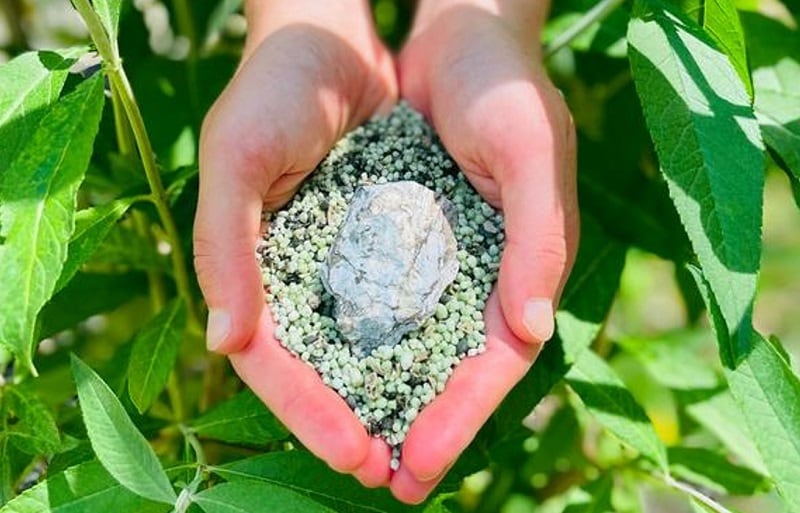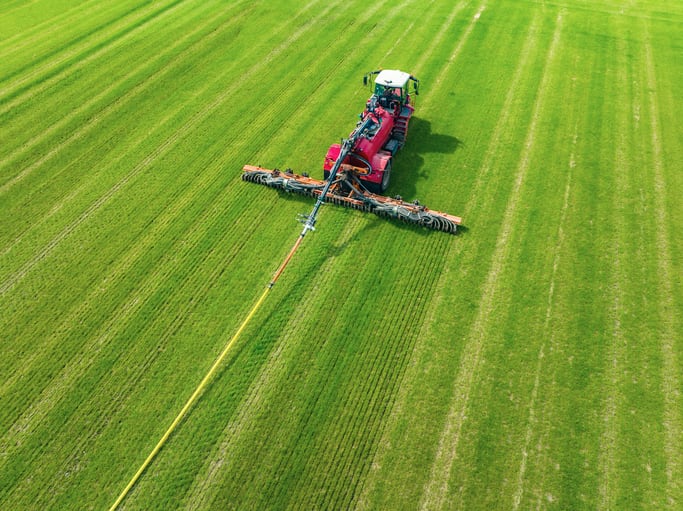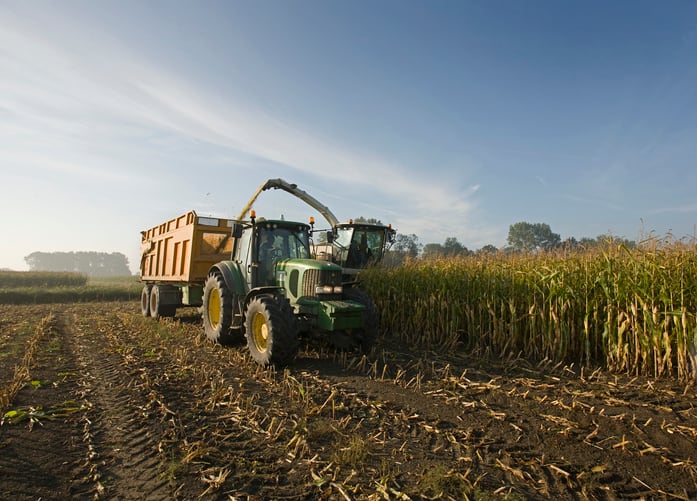As one of the three primary nutrients required for plant growth and development, phosphate is a crucial component in fertilisers. But overuse, inefficient use, and discharge of phosphate-containing waste can have serious environmental impacts through eutrophication as well as human health impacts from phosphate toxicity and chronic kidney disease. What’s more, phosphate rock reserves used for fertiliser production are finite and being depleted, raising concerns about long-term sustainable use and food security as demand increases.
Now, an international team of scientists has uncovered toxic metals in mineral phosphate fertilisers worldwide by using a new tool to identify the spread and impact of such contaminants on soil, water resources, and food supply.
“While mineral phosphate fertilisers are critical to boost global sustainable agriculture and food security, we found high levels of toxic metals in many fertilisers worldwide,” said Avner Vengosh, chair of the Earth and Climate Sciences division at Duke University’s Nicholas School of the Environment. “Our study developed a new method to identify sources and impacts of these metals on the environment.” Those metals included cadmium, uranium, arsenic, vanadium, and chromium.
Use of mineral fertiliser – synthetic or naturally occurring substances with essential nutrients needed for plant growth – has helped boost sustainable crop yields worldwide. But until recently, its contamination with toxic metals has not been systematically evaluated. This new study analyses global phosphate fertilisers from major phosphate-mining countries.
“We measured strontium isotopes in both phosphate rocks and fertilisers generated from those rocks to show how fertilisers’ isotope ‘fingerprint’ matches their original source,” explained Robert Hill, the study’s lead author and a PhD student at Duke University.
Isotopes are variations of an element, in this case strontium. Chemical analysis of each fertiliser shows a unique isotope mix that matches phosphate rocks from where it was sourced.
“Given variations of strontium isotopes in global phosphate rocks, we have established a unique tool to detect fertilisers’ potential impact worldwide,” Hill said.
To learn whether strontium isotopes are a reliable indicator of trace elements in fertiliser worldwide, researchers analysed 76 phosphate rocks, the main source of phosphate fertilisers, and 40 fertilisers from major phosphate rock-producing regions including the western United States, China, India, North Africa and the Middle East. Researchers collected samples from mines, commercial sources, and Tidewater Research Station, an experimental field in North Carolina. The research team published its findings in Environmental Science & Technology Letters.
Metals found in soil and groundwater come from both naturally occurring and human-made sources
“Strontium isotopes essentially are a ‘fingerprint’ that can reveal contamination in groundwater and soil worldwide,” said Vengosh. His research team has also used strontium isotopes to trace environmental contamination in landfill leaching, coal mining, coal ash, fracking fluids, and groundwater that is pulled to the surface with oil and natural gas extraction.
“The isotope is a proxy to identify the source of contamination,” Vengosh said. “Without this tool, it is difficult to identify, contain, and remediate contamination linked to fertiliser.”
Fertilisers in the study showed different concentrations of trace elements, with higher levels observed in fertilisers from the U.S. and the Middle East compared to those from China and India. As a result, the researchers conclude that phosphate fertilisers from the U.S. and the Middle East will have a greater impact on soil quality due to their higher concentrations of uranium, cadmium, chromium as compared to fertilisers from China and India, which have higher concentrations of arsenic.





